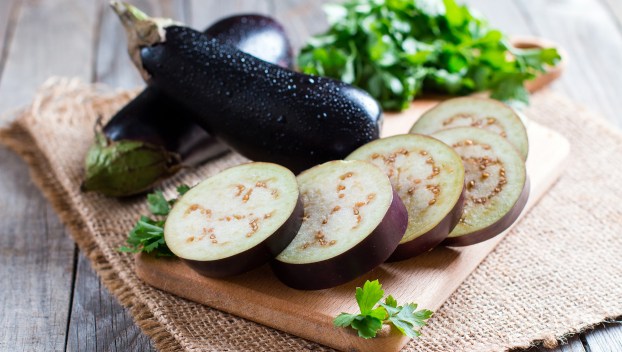
Uncategorized
One Gardner to Another: Plant pumpkins with a purpose in mind
I don’t know about you, but I am a big fan of pumpkin. Now, I don’t go as ... Read more

I don’t know about you, but I am a big fan of pumpkin. Now, I don’t go as ... Read more

This week, we are putting the spotlight on eggplant. I decided on this particular vegetable because this year ... Read more
I don’t know about you, but I am a big fan of pumpkin. Now, I don’t go as ... Read more

It makes me sad to say goodbye to some summer vegetables in my garden, others not so much. ... Read more

It was clearly not a STEM major who came up with the drunken watermelon. The process just doesn't ... Read more